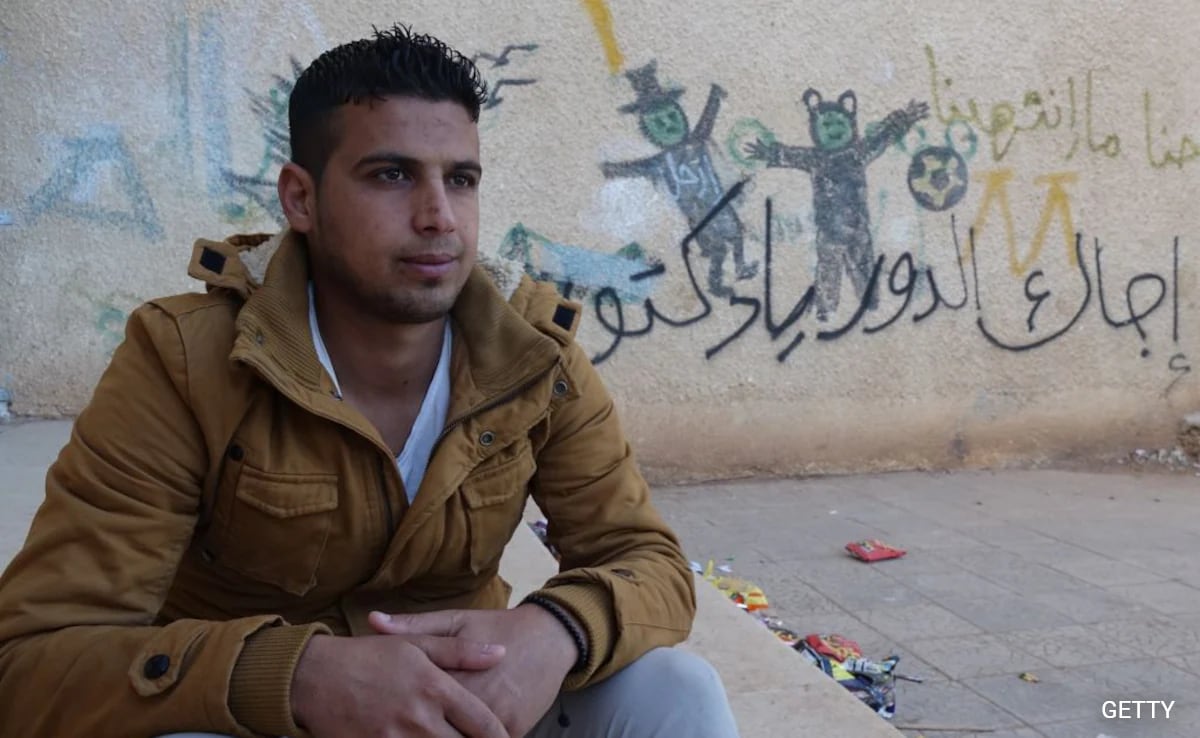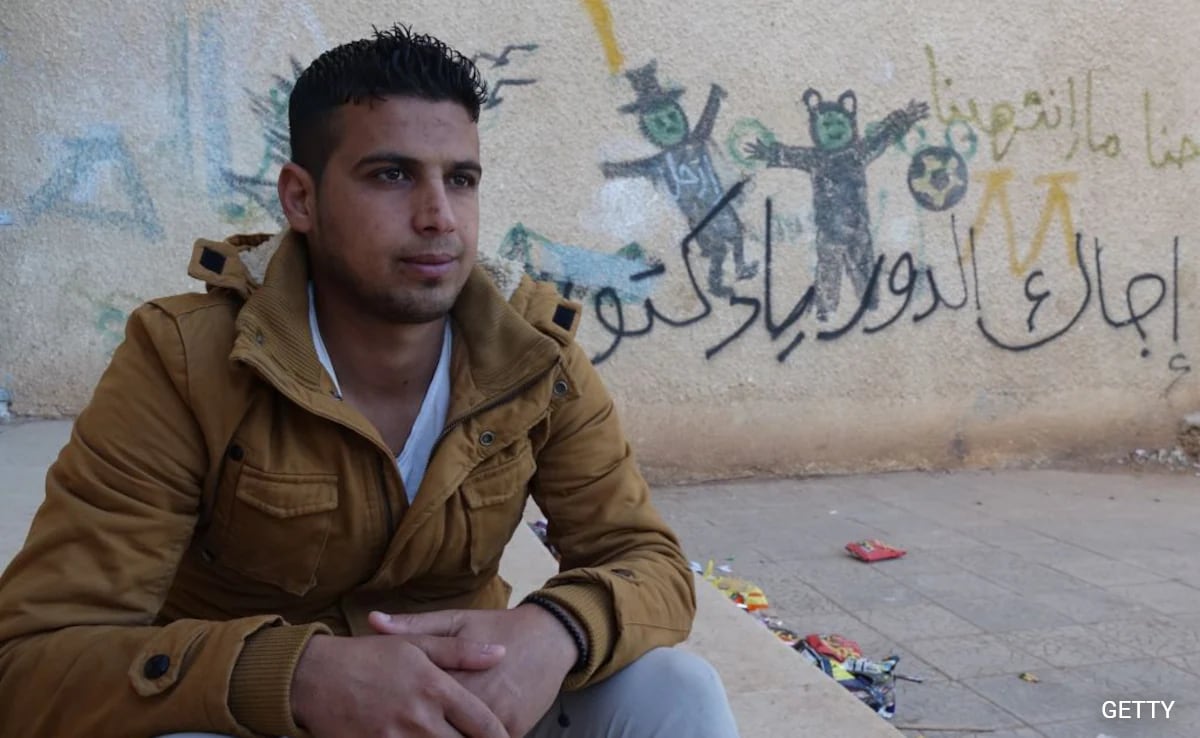

New Delhi:
In early 2011, in the streets of Daraa, southern Syria, a teenager’s rebellious act against an authoritarian regime triggered a civil war that reshaped the country’s destiny. Mouawiya Syasneh, then just 14 years old, spray-painted a wall with words that would have grave implications.
“Ejak el door, ya doctor (It’s your turn, Doctor) – this graffiti, directed at President Bashar al-Assad, with reference to his medical background, became the catalyst for a national uprising that descended into one of the most devastating civil wars of the 21st century.
READ | Fall Of Assads: How An Alawite Family Ruled Over A Sunni Nation For Decades
The graffiti was a teenage prank born of frustration. Mouawiya and his friends, subjected to harassment by local police, decided to make their voices heard in the most visible way they knewt. But this act of rebellion against Assad’s regime drew a swift and brutal response.
The secret police, or the Mukhabarat detained them for 26 days. Tortured and beaten, their eventual release only fueled the anger of Daraa’s residents. Parents, neighbours, and activists who had protested for their release were met with tear gas and bullets.
READ | “End Of Era Of Tyranny”: Bashar Al-Assad Flees Syria As Rebels Move In
As images of the battered boys spread, the incident became a rallying cry. Protests erupted not only in Daraa but across Syria. On March 15, 2011, Syria experienced its first coordinated “Day of Rage,” transforming local unrest into a nationwide movement demanding freedom and the end of Assad’s regime.
The Domino Effect
The crackdown that followed was brutal and unrelenting. Security forces opened fire on peaceful demonstrators, imprisoned dissidents, and subjected countless Syrians to torture. What began as a movement inspired by the Arab Spring quickly escalated into a bloody conflict as opposition forces armed themselves in response. By the time the Arab Spring erupted in neighbouring Tunisia and Egypt – toppling Zine El Abidine Ben Ali and Hosni Mubarak, respectively – Syria was a powder keg waiting for a spark.
The Free Syrian Army (FSA) emerged in July 2011, comprising defectors from Assad’s military, but it lacked the cohesion and resources to present a unified front. This vacuum allowed extremist groups, such as Jabhat al-Nusra and later the Islamic State, to rise, capitalising on the chaos and sectarian fractures.
WATCH | Video: Statues Of Bashar Al-Assad’s Father Dragged Through Syria Roads
Twelve years after those fateful graffiti strokes, Syria lay in ruins. More than 500,000 were killed, and over 13 million Syrians were displaced.
Now, after a brief thaw, a renewed civil uprising looks set to remove the Assad family’s control over Syria. Led by a group called Hayat Tahrir al-Sham (HTS), several rebel factions have taken over key Syrian cities, including the capital Damascus, the seat of Assad’s power.
According to reports, Assad has left Damascus for an unknown destination, with speculations suggesting that he might have left for Tehran. Iran, a long-standing partner of the Assad family, is believed to be ready to offer the Assad family a safe haven while Syria descends into uncertainty.



